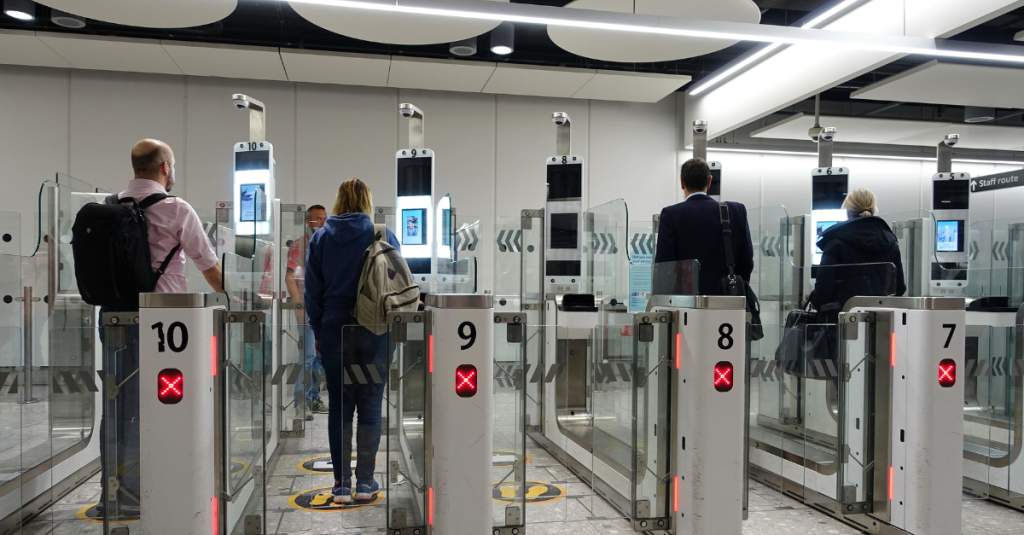The European Union’s upcoming biometric border Entry/Exit System (EES) has stirred significant apprehension amongst member states. Scheduled for a November launch, its readiness is under scrutiny.
Germany, France, and the Netherlands are critical of the system’s preparedness, urging a delay to prevent potential border chaos. The system aims to streamline border crossing by collecting biometric data from non-EU travellers.
Concerns Over the New System
The looming implementation of the European Union’s biometric border Entry/Exit System (EES) has sparked widespread concern within key EU member states. Germany, France, and the Netherlands have jointly urged the European Commission to delay the scheduled launch on 10 November. They assert the system is not sufficiently tested and could lead to substantial border chaos.
Technical Challenges and Readiness
Germany’s interior ministry has voiced doubts over the system’s stability and functionality. These technical hurdles have not been successfully overcome, leading to a plea for a phased introduction rather than a full-scale launch.
Despite assurances from technology provider EU-Lisa, which has worked on the system for seven years, there is a prevailing scepticism about its operational readiness.
Potential Impact on Travellers
The EES will register non-EU travellers entering the Schengen Area by collecting detailed biometric data. This includes passport data, facial images, and fingerprints.
Once implemented, the system is expected to streamline travel within the Schengen Area, eventually reducing queue times. However, the initial registration process may be lengthy, leading to longer wait times at entry points, a matter of concern especially at UK-based French border controls. This includes locations such as St Pancras and Dover.
Flexibility in Implementation
According to the European travel association Etoa, the EU plans to allow countries some leeway in implementing the EES. For a period of up to six months, countries may opt to waive biometric data collection during peak travel times to minimize congestion.
This flexibility hopes to mitigate the risk of delays, ensuring a smoother transition into the new system. However, stakeholders like Olivier Jankovec of European airports remain cautious and call for comprehensive testing before the official roll-out.
Stakeholder Responses
Airlines for Europe managing director Ourania Georgoutsakou voiced concerns over possible disruptions, aligning with other industry leaders. The fear of bottlenecks at border points remains prevalent among aviation and travel professionals.
Stephan Ryan of the EU delegation to the UK acknowledged potential hurdles, stating: “The system will eventually facilitate smoother travel, however, initial implementation will present challenges.” Plans for pre-registration kiosks and mobile apps are underway but not yet functional.
Official Communications and Preparations
The European Commission had promised a widespread communications campaign to inform travellers of the new EES system, yet these efforts have not been actualized just months before the intended launch. Communication materials were expected in September, and their absence contributes to the uncertainty surrounding the launch.
The readiness of individual member states also remains in question. Specialist Travel Association Aito highlighted concerns during meetings with Foreign Office representatives, but the November start date seems firm, contingent on declarations of readiness.
Looking Ahead
As the November launch date for the EES approaches, the travel industry watches closely. The anticipated benefits of reduced wait times and enhanced security promise future improvements in border management.
However, significant apprehensions persist regarding near-term disruptions and the preparedness of both technology and infrastructure to support such a sweeping change.
The launch of the EU’s biometric border system presents both promise and challenge. While long-term benefits are expected, the current state of readiness raises substantial concern. Ongoing dialogue between EU authorities and member states will be crucial to ensure a smooth transition. Stakeholders must collaborate to mitigate initial disruptions and work towards a seamless experience for travellers throughout the region.

